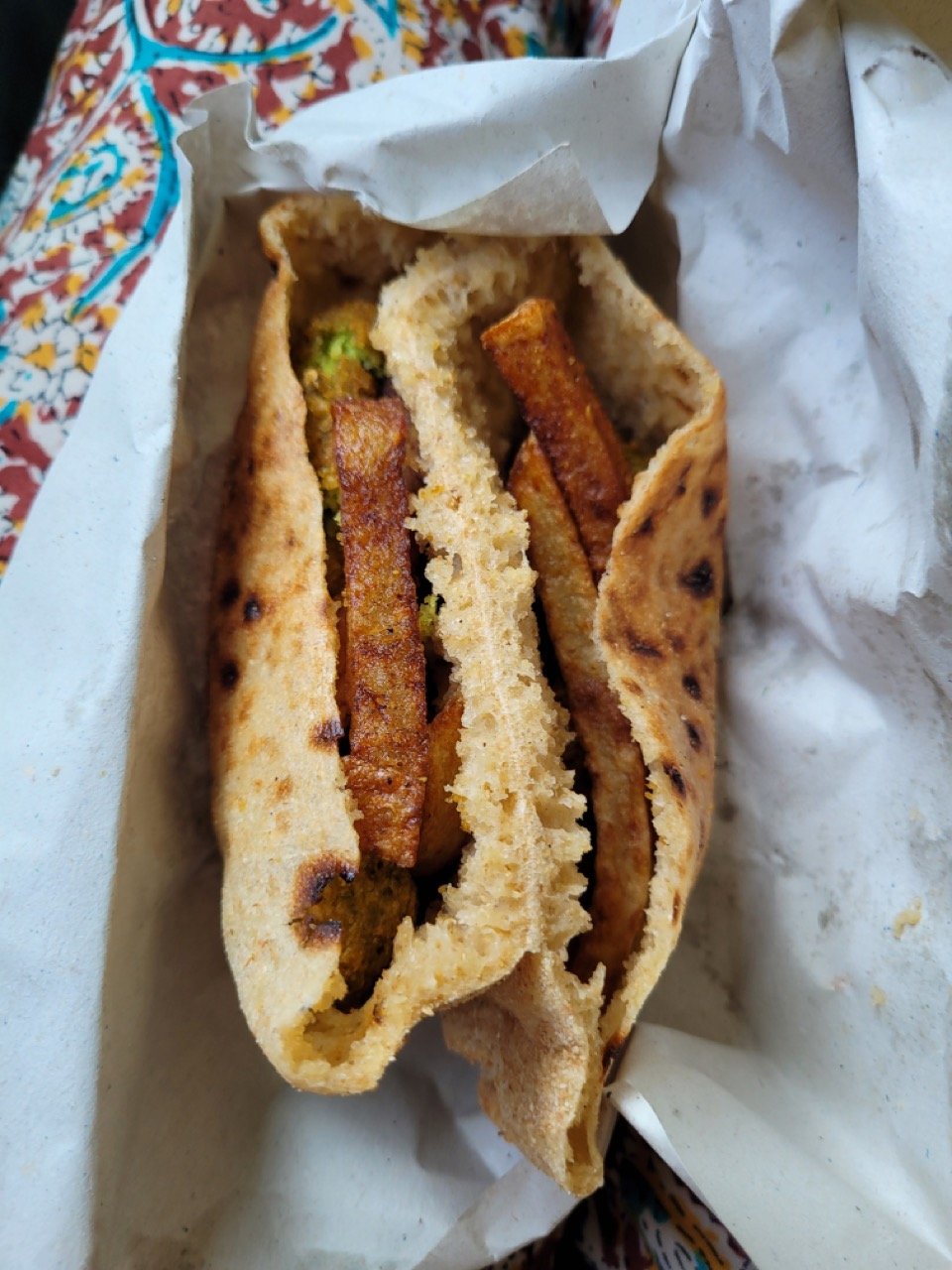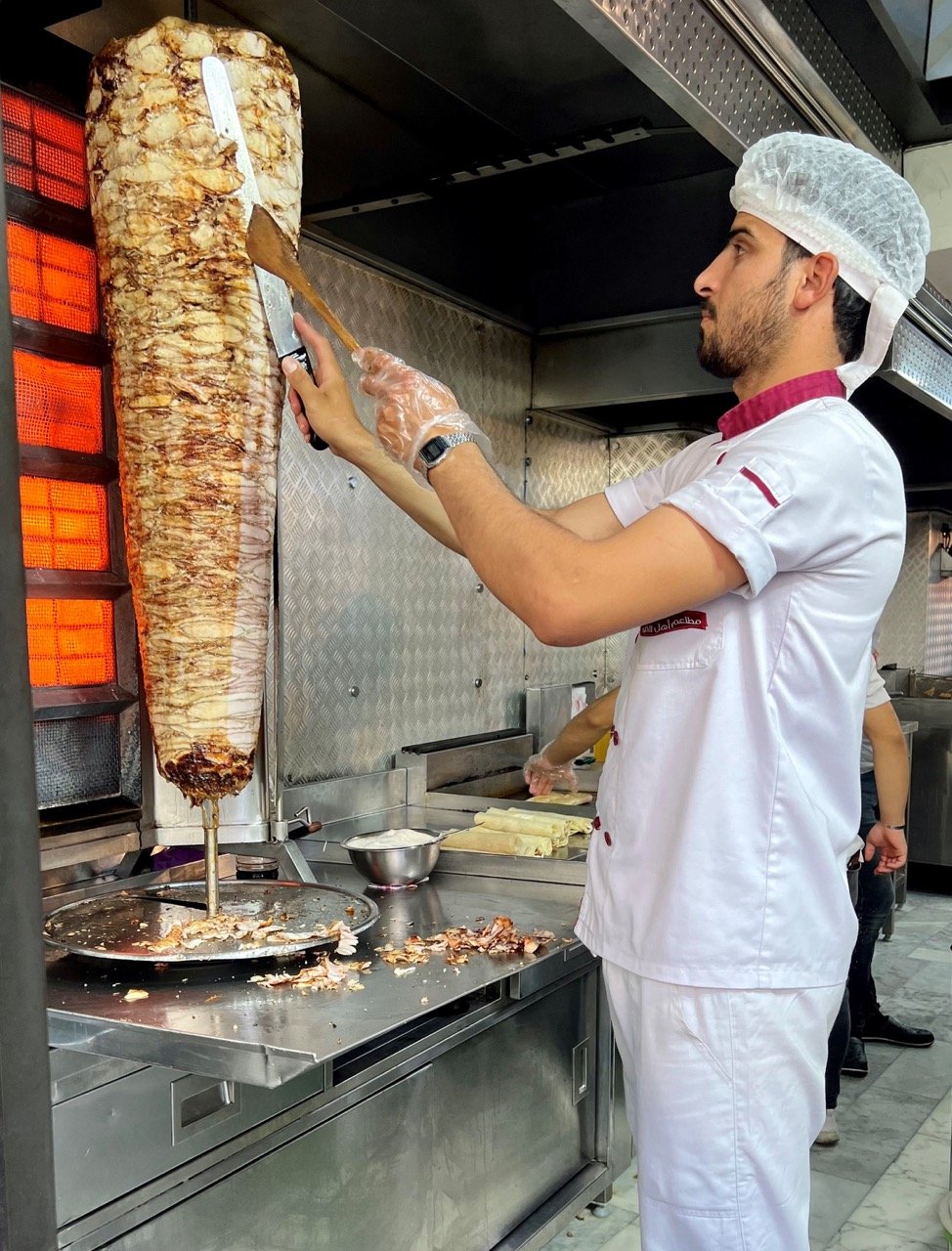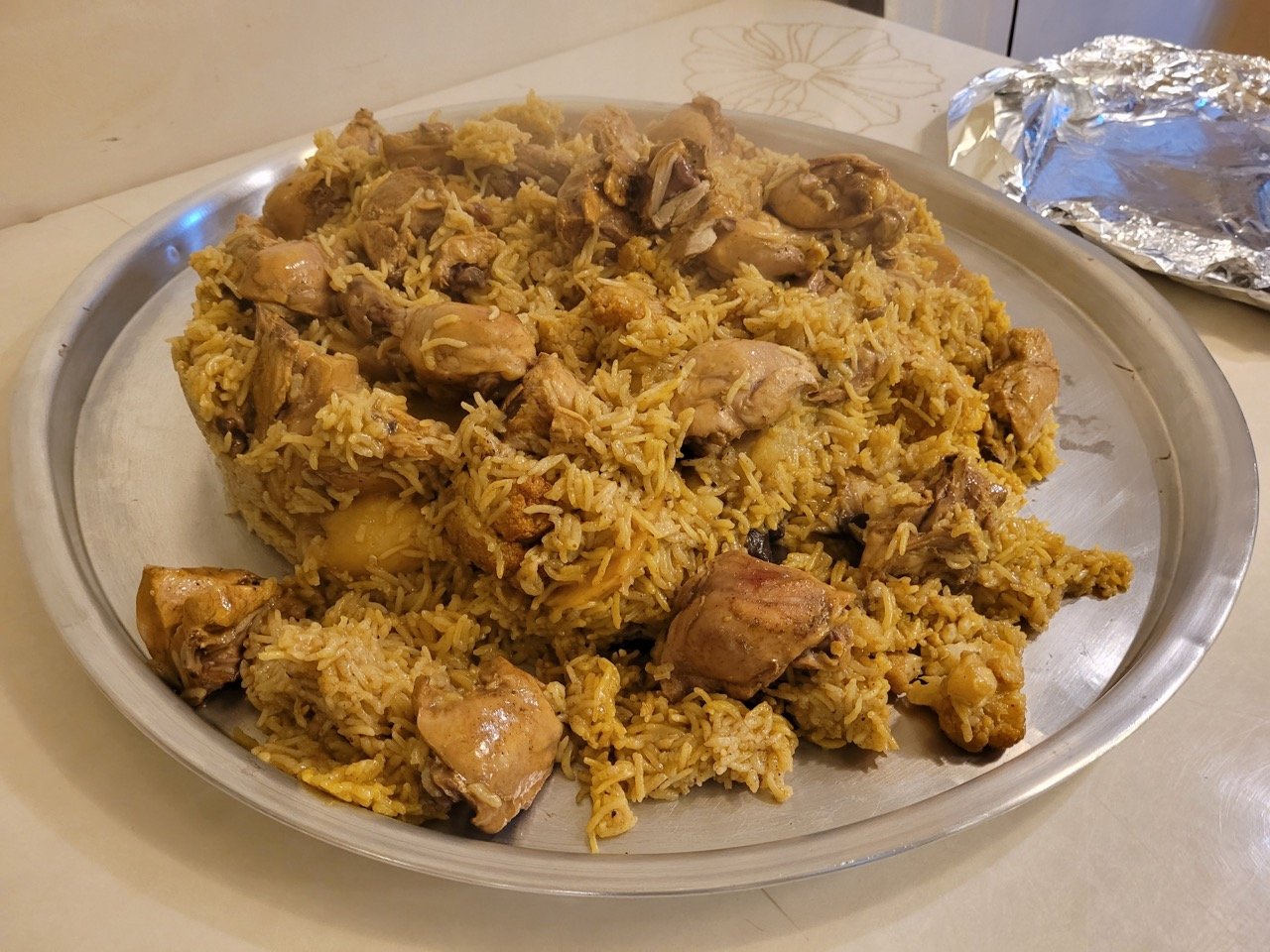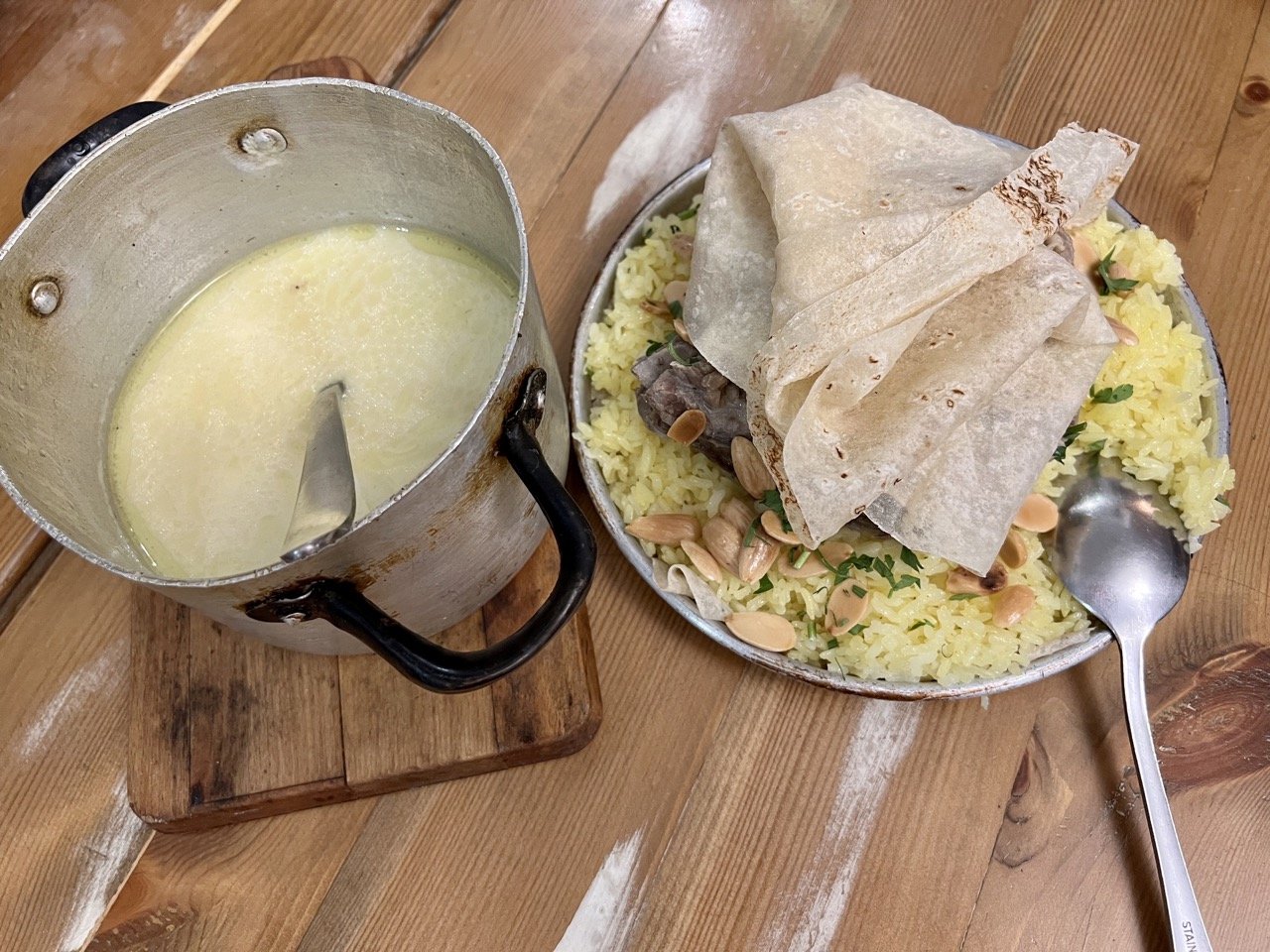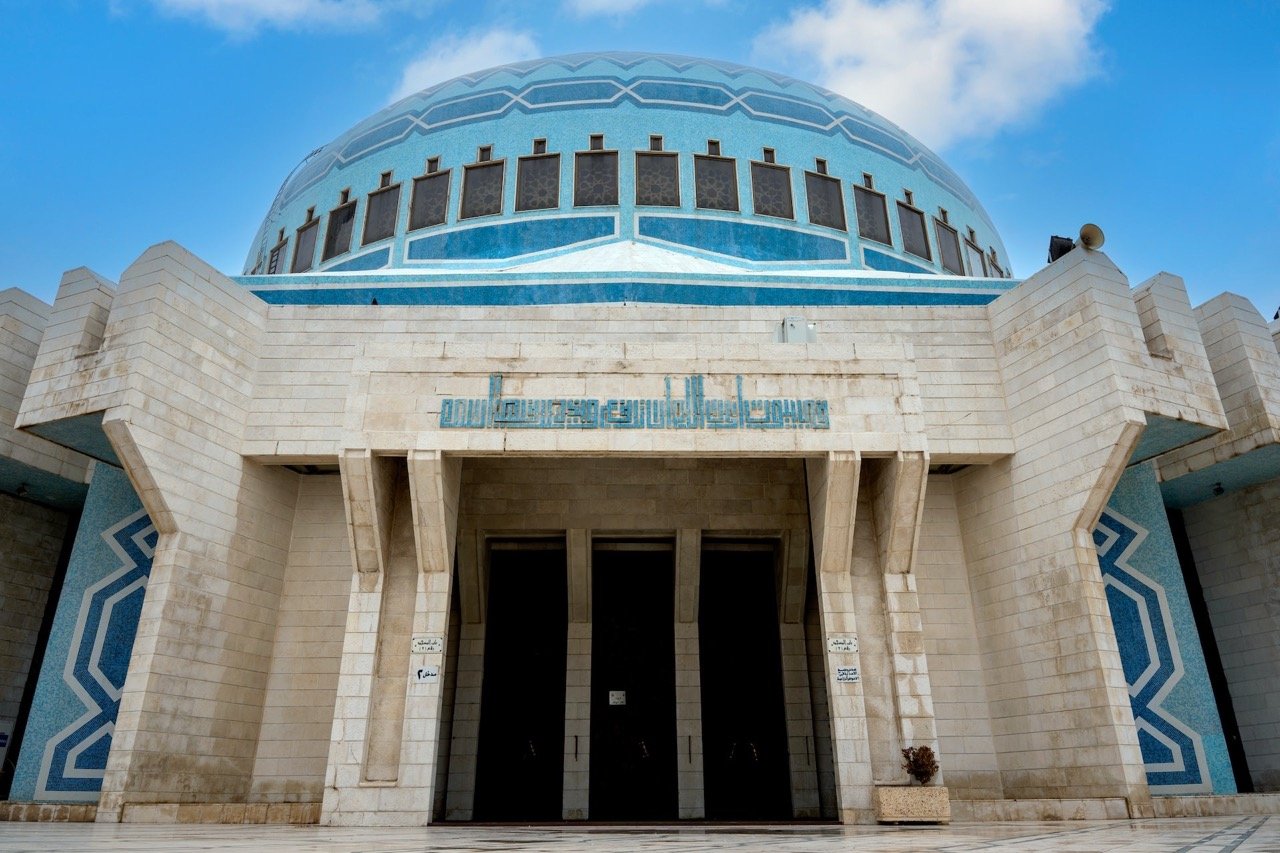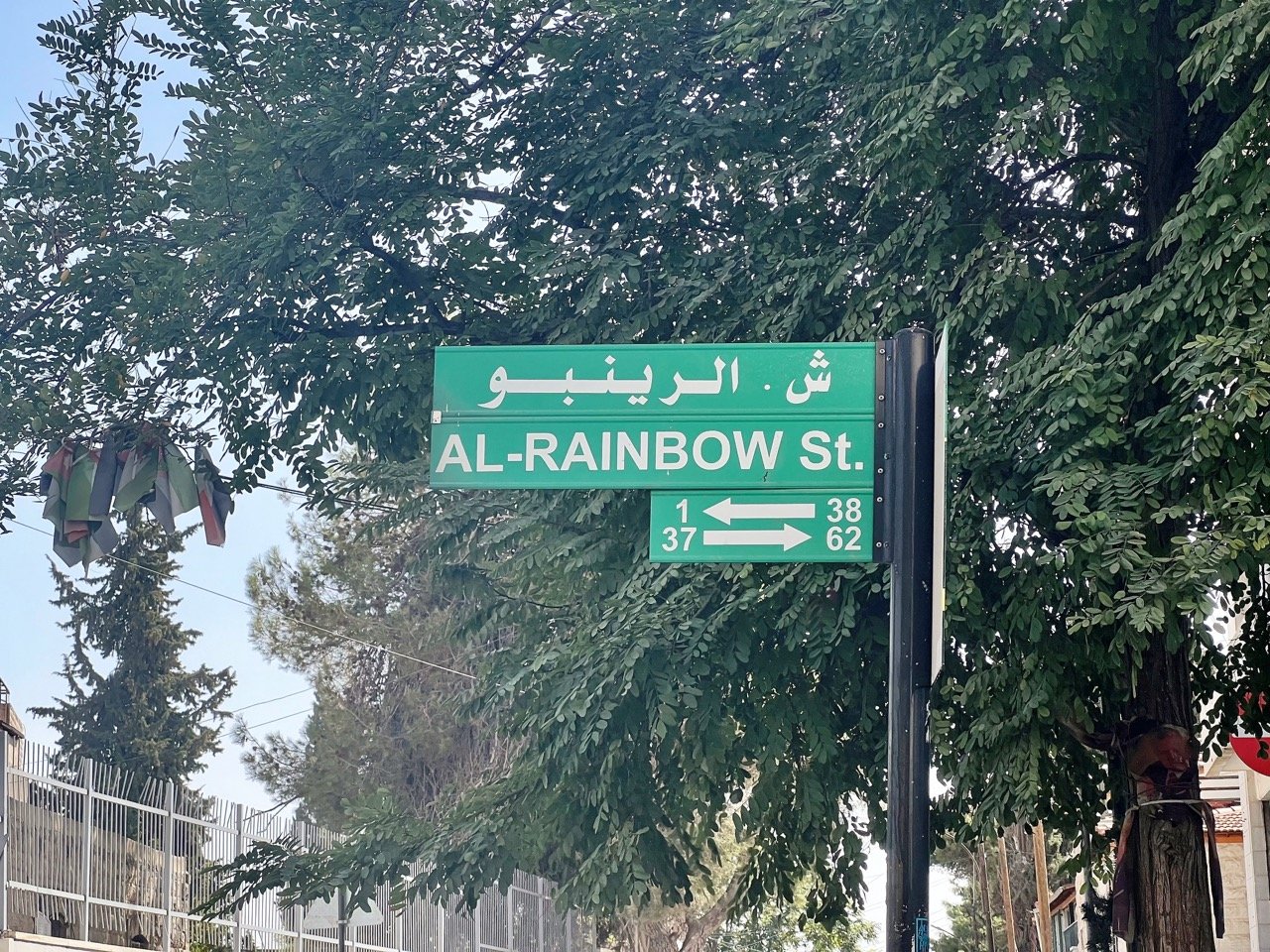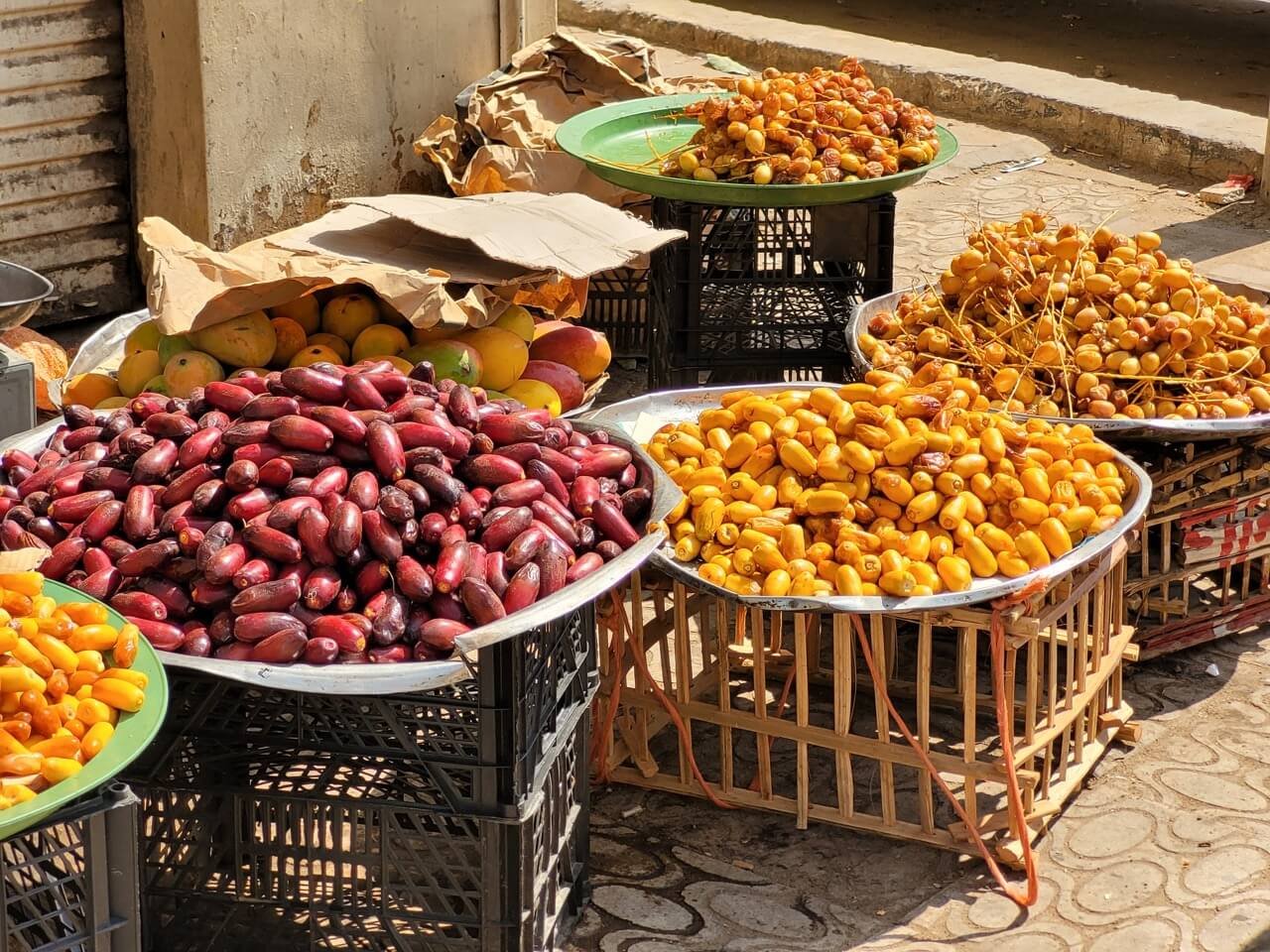The Best Things to Do in Amman: Make the Most of Your Time in Jordan's Capital
Amman may not be Jordan’s primary tourist draw, but it is the largest city in the country, and the nation’s capital. Amman is a city with a lengthy history that can easily be seen around the metropolis, but also an intriguing present - one that can also rather easily be tapped into through its cuisine and culture. TM contributor Cynthia David walks you through how to get the most of your visit to Amman.
Arriving at Queen Alia International early one September morning provided an unexpectedly glamourous introduction to the Kingdom of Jordan and its capital Amman. But there was no time to savour the airport’s bright lights and fashionable shops as our “fixer” Mohammed, hired to greet us, seemed intent on whisking us through it as quickly as possible.
First stop, the currency exchange to buy Jordanian dollars. Next, the telecom shop to purchase an inexpensive local Sim card for our phones. A word in a guard’s ear and we zipped through Customs. Soon we and our luggage were packed in a van racing down one of Amman’s LA-style expressways to our equally modern and efficient hotel.
A Brief Intro to Amman, Jordan
Jordan, which gained independence from Britain in 1946, sits at the crossroads of Asia, North Africa and Europe. While conflict rages elsewhere in the Middle East, the tiny country manages to attract visitors and cuisines from its neighbours: Saudi Arabia to the south and East, Iraq to the northeast, Syria to the north and the West Bank and Israel to the west.
Amman is Jordan’s economic, political and cultural centre and a city of contrasts. A two-storey Starbucks with drive-thru is as common a sight as a Roman theatre from 200 AD. Low-rise neighbourhoods of white limestone float up and down seven hills as far as the eye can see, linked by long twisty streets and steep staircases. Amid the old rises a sleek black W Hotel and a 35-storey apartment hotel, pencils in the sky that form a new downtown and act as reliable landmarks if you’re feeling lost.
The bustling city of two million – the entire country boasts only 11 million residents – is also perfectly placed within a four-hour drive of world-famous archeological sites such as Petra, Jerash, Madaba and the desert oasis of Wadi Rum, and offers a chance to float in the Dead Sea or swim in the Red Sea.
What’s the Best Way to Get Around Amman?
My well-travelled cousin and I normally delight in walking around new cities and immersing ourselves in the local culture. Soon after we left the lovely residential area surrounding our hotel for downtown, however, we faced a web of expressways that were not pedestrian-friendly.
Between skirting traffic and trudging up and down streets with complicated, confusing names (to non-Arabs, at least) and broken or no sidewalks, the trek was long, hot and draining. Though we did see a lot!
Next time, I would order an Uber or a taxi from the hotel and have the driver drop us off at the Roman theatre or the nearby hill-top Citadel. From there, you can happily walk for hours in several directions, enjoying the city’s major sites without burning out before you reach them.
Taking an Uber to and from restaurants at night also proved quick and easy.
Amman is a City for Food Lovers. How Should You Approach It?
If you’re familiar with Middle Eastern foods now common in North America, dishes like hummus and eggplant dip, kebabs, pita bread, thick Greek yogurt, rubbery halloumi cheese and shaved meat shawarma, you’ll feel right at home in Jordan. Be warned, however, everything here is even more delicious!
Start Your Day With a Breakfast Buffet
Start things off with ful medames, brown fava beans mashed with olive oil that originated in Egypt. Top with chopped tomato, onion, cumin, more olive oil, whatever you desire, then scoop it up with torn pieces of fresh bread, another Mid-East essential.
You’ll also find thick, tangy yogurt (which many will know is called “labneh”) to spread on bread or use as a dip for fresh tomatoes and cucumbers. Be prepared to eat silky smooth chickpea hummus at least twice a day. Every recipe is slightly different depending on the amount of tahini (sesame paste), lemon, garlic and oil added. Tahini is also served separately as a dip, drizzle or salad dressing. And if you’ve never had a crumbly slice of sweet halva, also made from sesame seeds, indulge.
Lean Into Amman’s Snack Scene
Falafel and Shawarma. How can you go wrong? Photo Credit(s): Cynthia David
When hunger strikes while trekking through the capital, look for a hole-in-the-wall shop lined with slowly-rotating spits of sliced lamb, chicken or beef (never pork) and young guys piling fresh-shaved meat into thin pitas then wrapping them for takeout. Hello shawarma!
Falafel sandwiches, made with fried balls of herbed chickpeas or fava beans, are also popular and inexpensive, as are the personal pizzas called manakeesh/manakish, filled with meat or sprinkled with za’atar (thyme and sesame).
Appetizing Appetizers
You can easily make a meal of hot and cold appetizers (mezze), from fresh olives and pickled vegetables to a selection of dips served with bread and vegetables.
Favourite dips include hummus, labneh, red beet, eggplant (moutabel) and spicy roasted red pepper dip with walnuts (muhammara).
Main Course Musts
Mansef and Maqluba. Photo Credit(s): Cynthia David
Mansaf - Jordan’s national dish, mansaf, features lamb cooked until tender in tangy goat’s-milk yogurt. It’s nestled on fragrant saffron-tinged rice, topped with paper-thin sheets of bread and garnished with sliced almonds. A thin yogurt sauce called jameed is served on the side. Since many Arabic dishes are meant to be shared, order one for the table.
Maqluba - Another communal dish, maqluba translates as upside down in Arabic. This classic comfort food starts with beef or chicken, rice and vegetables such as eggplant and tomatoes, all layered in a big pot and simmered low and slow until the meat is meltingly tender. At the table, the entire pot is flipped upside down onto a serving plate and garnished with nuts. Dinner is served!
An Array of beverages
You won’t miss alcohol when you have a choice of refreshing lemon juice muddled with fresh mint or fresh-squeezed pomegranate juice. Restaurants also make extra money by offering creamy fruit smoothies. My favourite was mango and avocado. And you’ll be drinking lots of sweetened tea and small cups of thick, muddy Turkish coffee infused with cardamom. Modern city cafes and restaurants also have espresso machines for your daily latte fix.
Sweet things
The Arabic world might just have sweetest teeth of any people on the planet. In Jordan and across the Arab world entire shops are devoted to dessert. Locals often stop at about 6 p.m. for coffee and a little something before dinner at 8.
Though choices are endless, they tend to usually include similar ingredients, from dates, pistachios and walnuts to stacked or shredded sheets of phyllo pastry, even mild cheese. Everything is doused with honey syrup infused with orange flower or rose water and a hint of cinnamon.
Favourites include baklava of every shape and filling, kanafeh (think honey-soaked Shredded Wheat) and heavy date-filled cookies from Lebanon called ma’amoul. The only dessert we didn’t care for was a runny bread pudding called Umm’Ali.
Honey soaked baklava.
While exploring near our hotel one night we spotted a large brightly-lit shop full of young people that opened onto a terrace. Inside, among beautifully-packaged desserts wrapped as gifts and trays of cookies, a tall Jordanian was scooping individual portions of a thin pie layered with stretchy cheese onto paper plates from a pizza pan almost a metre wide and handing them to people in line. Workers in the kitchen behind him were preparing more trays; it was obviously a big seller.
The guy handed us a plate of the still-warm pie, then handed us another dessert to try on the house, more nuts and sweet syrup. We found a seat at a picnic table outside and were about to dig in when a man swooped by carrying samples of cigar-shaped baklava for us and everyone else to try. I would’ve liked a strong coffee to cut the sweetness but it seemed too late to be mainlining caffeine.
As we listened to the lively chatter and Arabic music around us, it occurred to me that if you’re in a country where alcohol is forbidden in public, this is an ideal place to socialize with friends in the evening. Everyone appeared to be having a good time.
What to Do in Amman During Your Visit
There are a number of ways to approach Amman, but here are some things you can prioritize during your visit to Jordan’s capital (other than just eating!)
Visit the Citadel
The Citadel in Amman. Photo Credit: Cynthia David
Perched on Amman’s highest hill and surrounded by a stone wall rebuilt many times over the centuries, the compact grey-blue dome atop the Umayyad Palace is visible far and wide.
The dusty hilltop also offers sweeping views of downtown Amman. Wander the site by yourself or hire a guide to bring its thousands of years of history to life. A few tall pillars remain from the Temple of Hercules, constructed during the reign of Roman Emperor Marcus Aurelius (AD 161 to 80). The site also contains a small Byzantine church, an archeology museum and a coffee shop.
From here, follow the sidewalk down the hill and back into town.
Check Out The Roman Theater
At the bottom stands the giant half-moon shape of the city’s restored Roman theatre. Carved into the hillside, its stone bleachers can hold about 6,000 people. Which it still does to this day.
Apparently the acoustics are incredible, even without the modern equipment being set up for that night’s concert as we walked by one afternoon. If you want to know what’s going on during your visit, check the calendar.jo website, a fantastic online list of cultural events that’s updated regularly by Visit Jordan tourist board.
Make Time For The Jordan Museum
A 20-minute walk from the theatre you’ll find the Jordan Museum, the country’s largest. Opened in 2014 in the new downtown area of Ras-al-Ein, its beautifully-designed galleries highlight the country’s most important archeological findings including Petra.
Two permanent exhibits feature the Dead Sea Scrolls and the Aini Ghazal statues, a pair of rather sweet-looking figures created 9,000 years ago and considered among the oldest human statues.
Set Eyes On The King Abdullah Mosque
Built by the late King Hussein in 1989 to honour his grandfather, King Abdullah 1, this giant mosque with soaring minerets holds 7,000 worshippers under its blue mosaic dome, and a further 3,000 in the courtyard. It’s impossible to miss.
It also welcomes non-Muslim visitors into its cavernous prayer hall and small Islamic museum. Women must cover their hair with a scarf or borrow one at the entrance. Staff also provide a full-length gown (abaya) if you happen to show up in jeans or sporting bare arms and legs. Don’t forget to remove your shoes before entering the hall and remember that Friday is Sunday for Muslims and it may not be possible to enter during prayers.
Wander Around the Royal Automobile Museum
Even if you’re not a car buff, this eclectic collection of 80 classic cars and motorcycles owned by the late King Hussein will amaze. History and photos accompany the vehicles, which date back to 1909 and are in pristine condition.
Enjoy the trappings of wealth in air-conditioned splendour. A vehicle from Star Wars and from The Martian, both partly filmed in the desert kingdom, are also on display. The museum is closed Tuesday.
Venture Down Rainbow Street
Our favourite tour mate, Simon from London, said we MUST go to Rainbow Street (also known as Abu Bakr al Siddiq), one of Amman’s oldest streets.
If you’re already downtown, find the nearest staircase heading straight up and you’ll probably arrive in the thick of its hippy-dippy restaurants, pubs and shops. If you’re looking for a moment to catch your breath, I’d recommend ordering a falafel sandwich at Quds.
Rainbow Street in Amman. Photo Credit(s): Cynthia David
Rainbow Street itself runs east from the First Circle to Mango Street, with lots of side streets in between. It’s definitely quieter here than the crush of downtown, and I suspect it would be most fun at night when you can dine on a rooftop patio. Also check out the narrow streets of Al Balad, which we stumbled upon by accident. The area’s other popular neighbourhood is Jabal al-Weibdeh, beloved by hipsters and artists for its quaint cafes, painted murals, small shops and galleries.
Hit The Mall
Amman’s city map features modern malls as prominently as historical sites. We wandered into the four-storey Abdali Mall and happily perused the brand-name shops as a pleasant escape from the afternoon heat. On our way back that evening we walked behind to The Boulevard next door, an upscale apartment and hotel block lined with Western-style cafes, restaurants and shops.
As the sun set, local families strolled the outdoor pedestrian walkway and took in the buskers performing along its length. I’d been planning to wave my credit card and spring for a posh dinner at the W Hotel at the end of the street, but we had much more fun sitting on the outdoor terrace of a local restaurant and people-watching in the warm night air while tasting specialties recommended by our English-speaking waiter. Rather than attempt to navigate our way home in the dark after dinner, we found a cab and were back at our hotel in 10 minutes.
Amman Awaits!
Dates sitting out in the sun. Photo Credit: Cynthia David
There are many ways you can approach Amman. Some may want to prioritize visiting the main tourist sites and museums, while others may want to spend their days eating honey drenched desserts and sipping on sweetened tea. There’s no one way to explore Amman, but the hope is that this article will help you find your Amman.



